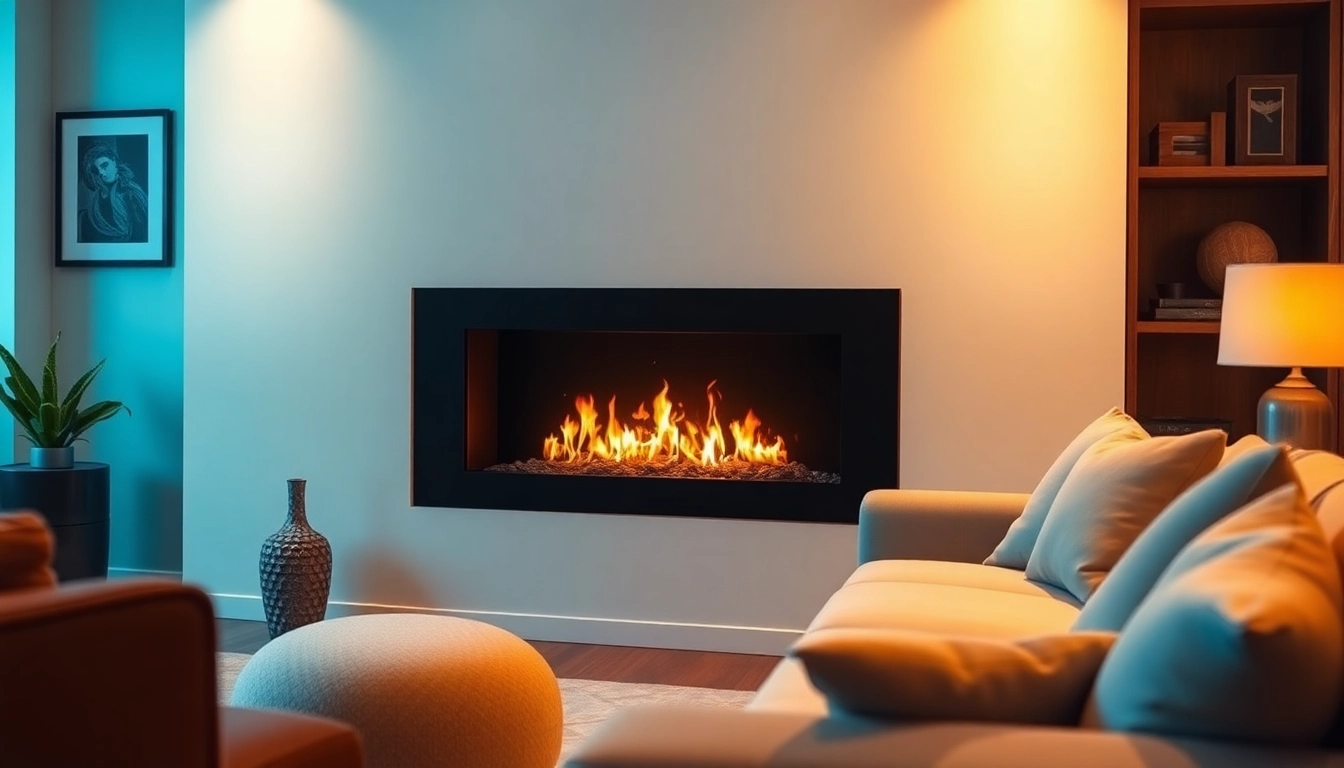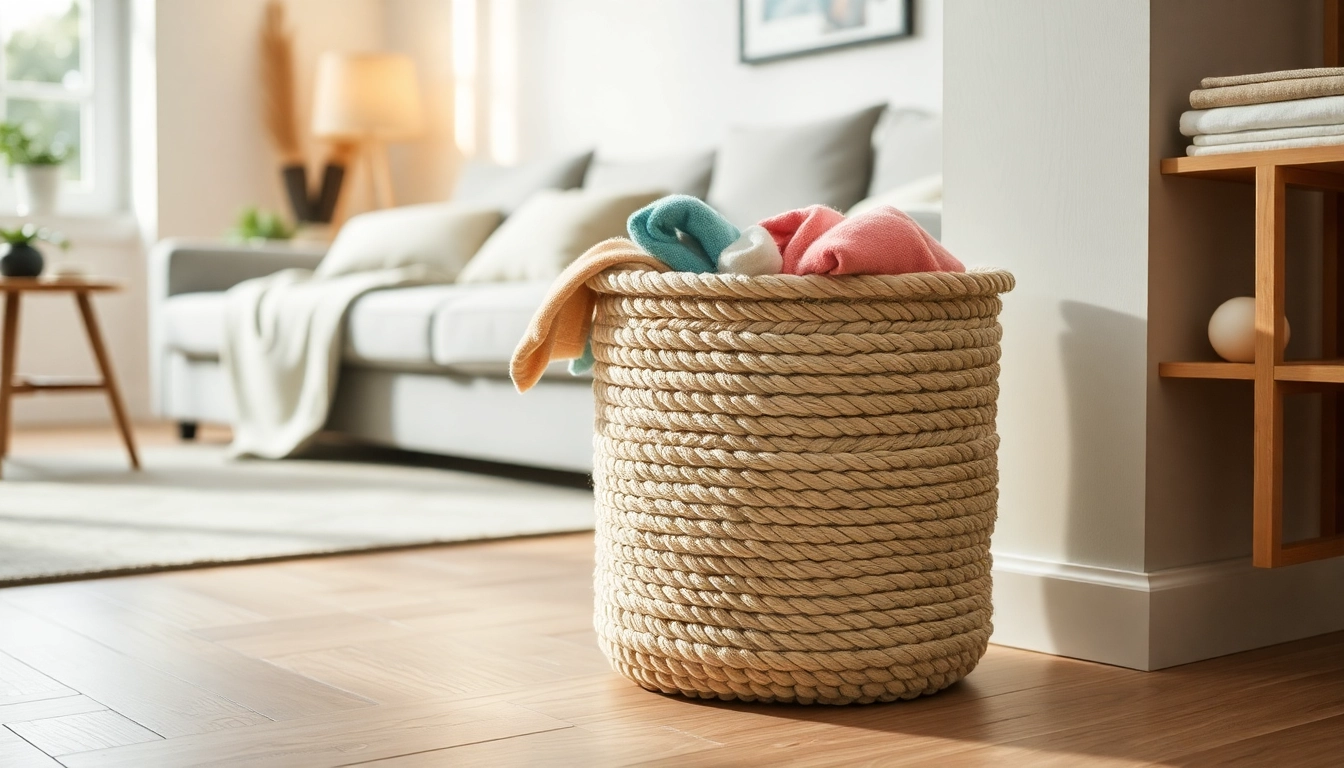1. Understanding Water Vapor Fireplaces
Amidst the growing trends in home decor and energy-efficient solutions, water vapor fireplaces have emerged as an innovative alternative to traditional fireplaces. These unique devices not only provide the aesthetic appeal of a fire but do so without the dangers and drawbacks associated with conventional flames. As homeowners seek to combine safety, sustainability, and style, water vapor fireplaces stand out as a compelling option.
1.1 What is a Water Vapor Fireplace?
A water vapor fireplace is an electric fireplace that utilizes ultrasonic technology to create an illusion of flames. Unlike traditional wood-burning or gas fireplaces, water vapor models do not require actual combustion, sidestepping issues such as smoke, soot, and harmful emissions. Instead, they vaporize water to produce a fine mist, which is illuminated by LED lights to mimic the flickering effect of real flames.
1.2 How Do Water Vapor Fireplaces Work?
Understanding the mechanics behind these fireplaces begins with the ultrasonic transducer—an essential component that vibrates at a high frequency. This motion causes water in a reservoir to turn into a mist, which is then shaped and projected outward. Coupling this mist with various light settings allows for the creation of realistic flame visuals. The integration of adjustable LED lights also means that users can change the color and intensity of the flame effect, further customizing their experience.
1.3 Benefits of Choosing Water Vapor Fireplaces
The benefits of water vapor fireplaces extend beyond their visual appeal. One of the most significant advantages is safety; since they generate no actual heat or flames, they are safe for pets and children. Additionally, these fireplaces enhance indoor air quality by incorporating water vapor, thus adding humidity to the air without harmful emissions. Furthermore, they represent an energy-efficient option for those conscious of their carbon footprint. The combination of aesthetics, safety, and environmental uprightness makes water vapor fireplaces a favorable choice for modern homes.
2. Safety Features of Water Vapor Fireplaces
2.1 Flame-Free Operation and Child Safety
One of the standout features of water vapor fireplaces is their flame-free operation. Since no actual combustion occurs, the risk of burns or accidental fires is significantly lower. This safety feature makes them particularly appealing for families with young children or pets, as users can enjoy the ambiance of a fireplace without the associated dangers. In addition, the cool-to-touch exterior ensures that there’s minimal risk of heat-related injuries.
2.2 Energy Efficiency and Environmental Impact
Water vapor fireplaces are designed to consume a minimal amount of electricity while providing the ambiance of a traditional fireplace. This energy efficiency not only helps homeowners save on their utility bills but also contributes to reduced environmental impact as they do not release smoke or pollutants into the air. By utilizing water, they create humidity, which can benefit indoor air quality, particularly in dryer climates or during winter months.
2.3 Maintenance Tips for Safe Use
While water vapor fireplaces are low-maintenance compared to traditional fireplaces, proper upkeep is necessary to ensure optimal performance. Regular cleaning of the water reservoir and misting components is essential to prevent mineral buildup, which can affect output quality. Homeowners should also check the water levels frequently, ensuring there is always enough to produce mist. It’s advisable to change the water regularly, especially in areas with hard water, to eliminate potential impurities.
3. Styles and Designs of Water Vapor Fireplaces
3.1 Contemporary vs. Traditional Aesthetics
The design of water vapor fireplaces can cater to a wide range of aesthetic preferences. Contemporary models often feature sleek lines, minimalist designs, and integration with modern interiors, making them a fit for modern spaces. Conversely, traditional models are available, mimicking the appearance of classic wood or stone fireplaces. This versatility ensures that homeowners can find a model that complements their existing decor.
3.2 Customization Options for Your Space
Many water vapor fireplaces offer customization options, allowing homeowners to tailor the fireplace to their specific needs. These can include adjustable flame colors, sizes, and control features via mobile apps or wall-mounted controls. Furthermore, some models are designed to be built-in, offering seamless integration with existing architecture, while others can be standalone pieces, making them a flexible focal point in any room.
3.3 Integrating Technology with Design
Today’s water vapor fireplaces often come equipped with smart technology, allowing for remote control and integration with home automation systems. This advanced control contributes to the user experience, enabling consumers to adjust settings, such as flame intensity and color, from the comfort of their phones. As consumers increasingly seek convenience and smart home integration, these technological features are becoming more sought after.
4. Comparing Water Vapor Fireplaces to Traditional Options
4.1 Heat Output and Energy Consumption
When comparing water vapor fireplaces to traditional options, one of the first considerations is heat output. Traditional fireplaces, whether gas or wood, generate significant heat, making them suitable for heating large spaces. In contrast, water vapor fireplaces primarily serve an aesthetic purpose and do not create heat in the same way. However, they consume much less energy and provide a visual experience without the hassles of combustion.
4.2 Visual Appeal: What Sets Them Apart?
The visual appeal of water vapor fireplaces comes from their ability to create mesmerizing and customizable flame effects. Traditional fireplaces often have a fixed design and color palette, while water vapor models can easily adapt to different aesthetic trends through adjustable LED technology. This unique capability allows them to serve as a dynamic feature in any space, consistently engaging viewers with changing visuals.
4.3 Cost Considerations Over Time
When evaluating cost, water vapor fireplaces generally have lower upfront costs compared to installing a traditional fireplace, especially when considering installation fees for gas lines or the cost of sourcing wood. Over time, while traditional fireplaces may incur higher heating costs, water vapor models present a one-time investment with minimal ongoing expenses, making them a cost-effective option for homeowners aiming for a long-term fireplace solution.
5. Choosing the Right Water Vapor Fireplace for Your Home
5.1 Popular Brands and Models
Several brands are at the forefront of water vapor fireplace technology, each offering varying styles and functionalities. Brands like Aquafire and Dimplex have gained recognition for their innovative designs and reliable performance, ensuring a product selection that fits diverse customer needs. Popular models often provide various features such as remote control, adjustable mist settings, and multi-color flames, making them appealing for a wide array of consumers.
5.2 Factors to Consider Before Purchase
Before purchasing a water vapor fireplace, consumers should consider several factors, such as space availability, desired aesthetics, and functionality. The size and scale of the fireplace in relation to the room are crucial for achieving optimal effect. Additionally, buyers should consider the features important to them, such as smart controls and customization options. Environmental factors, including the humidity levels in the surrounding area, may also influence their selection.
5.3 Customer Reviews and Recommendations
Customer feedback provides invaluable insight when considering a water vapor fireplace. Prospective buyers should look for reviews on the functionality, ease of installation, and user satisfaction regarding various models. Recommendations often highlight specific features that users find beneficial, such as energy efficiency or ease of cleaning. Engaging in community discussions on platforms or reading expert reviews can help guide decision-making.



